Behind the science:
Exploring the Biodiversity of Understudied Benthic Taxa at Mesophot...
2019, August 29
Posted by Veronica Radice
Fields
Biodiversity
Focusgroups
Zoantharia (Zoanthids)
Locations
Israel - Red Sea
Japan - Ryukyu Islands (Okinawa)
Platforms
Rebreather
Remotely Operated Vehicle (ROV)
“Biodiversity of understudied taxa: Zoantharia from mesophotic depths”
What was the most challenging aspect of your study (can be anything from field, lab to analysis)?
The specimens were not numerous, and from different corners of the globe. Pulling all the data together into one story was hard work. As well, the Abyssoanthidae specimen from such shallow depths was a huge surprise, and one we couldn’t believe at first. I think poor Hiroki Kise re-ran the molecular analyses three times to ensure we had the correct information!
What was the most memorable moment in undertaking this study?
This was an international effort, and thus each group of co-authors performed work in different parts of the world. I personally really enjoyed the PICASSO work in Japan, as I was part of the team that helped get this system up and running in the field. Just being involved in something different from what I am used to, and to be able to use the data for publications, has been hugely rewarding. Big kudos to Dhugal Lindsay and his team, the fathers of PICASSO!
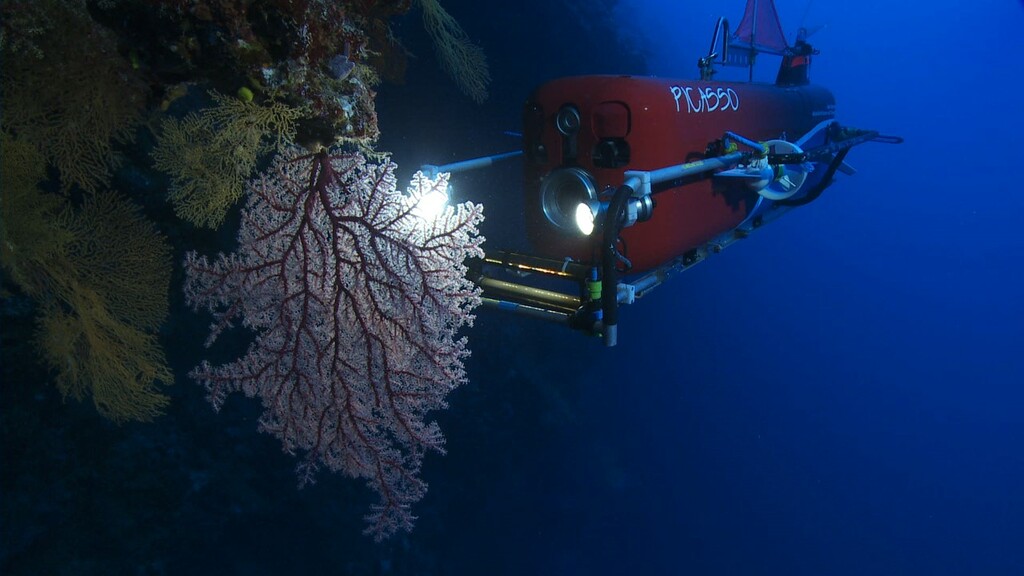 PICASSO ROV (JAMSTEC) in situ acquiring high-resolution video
(C) Dhugal Lindsay
[CC BY-NC 4.0]
PICASSO ROV (JAMSTEC) in situ acquiring high-resolution video
(C) Dhugal Lindsay
[CC BY-NC 4.0]
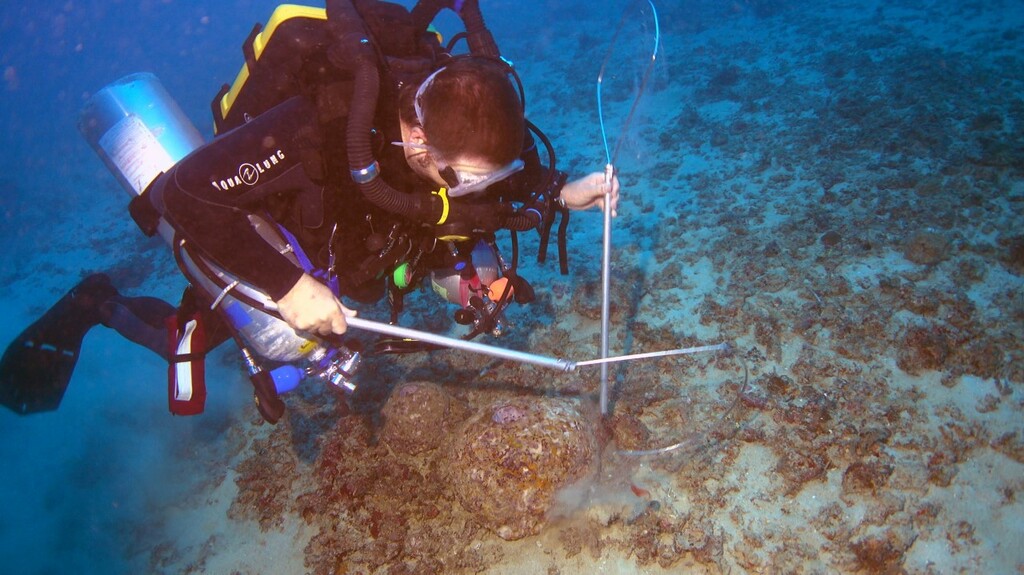 Joshua Copus during rebreather surveys in Okinawa, Japan at 80 m.
(C) R. Pyle
[CC BY-NC 4.0]
Joshua Copus during rebreather surveys in Okinawa, Japan at 80 m.
(C) R. Pyle
[CC BY-NC 4.0]
What was your favorite research site in this study and why?
Home-field bias, but the work in Okinawa with the team from Hawaii was great fun; being able to see some of our favorite dive sites in Okinawa yet from a much deeper viewpoint.
Other than your co-authors, with whom would you like to share credit for this work?
The reviewers had some very helpful comments to help make our paper better – as always, thanks to them. As well, the JAMSTEC team that developed PICASSO over the years includes a lot of members not on this paper, and I hope they can look at this work and be proud they helped contribute!
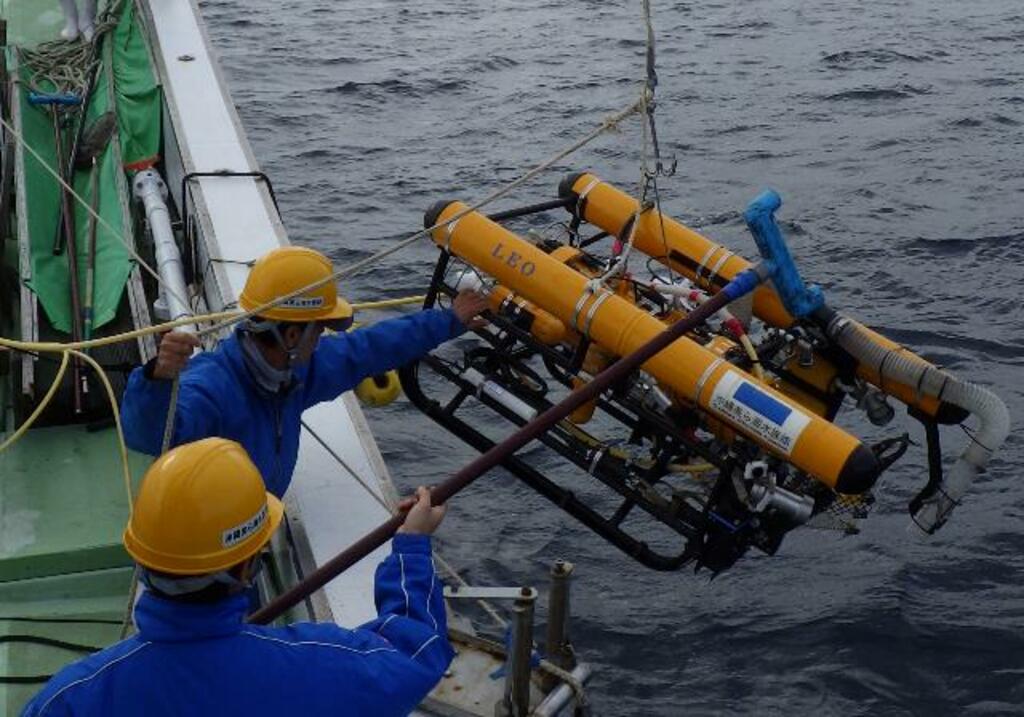 Okinawa Churaumi Aquarium ROV external view during recovery
(C) Churaumi Aquarium
[CC BY-NC 4.0]
Okinawa Churaumi Aquarium ROV external view during recovery
(C) Churaumi Aquarium
[CC BY-NC 4.0]
 ECA H800 ROV during recovery (operated by the Sam Rothberg R/V of the Interuniversity Institute for Marine Sciences)
(C) Y. Benayahu
[CC BY-NC 4.0]
ECA H800 ROV during recovery (operated by the Sam Rothberg R/V of the Interuniversity Institute for Marine Sciences)
(C) Y. Benayahu
[CC BY-NC 4.0]
Any important lessons learned (through mistakes, experience or methodological advances)?
Some of our collaborators had been collecting specimens somewhat at random, without noting precise location detail or sampling dates. This lack of information really hurt us when it came time to analyse specimens. It seems very obvious, but specimen-associated data are basic, and incredibly important! We should all strive for better record-keeping and data management.
Can we expect any follow-up on this work?
Absolutely! There is so much work to be done on this group of animals, and specimens from the mesophotic and deeper are constantly surprising us. You can expect some formal descriptions and more papers down the line – this is just the beginning.
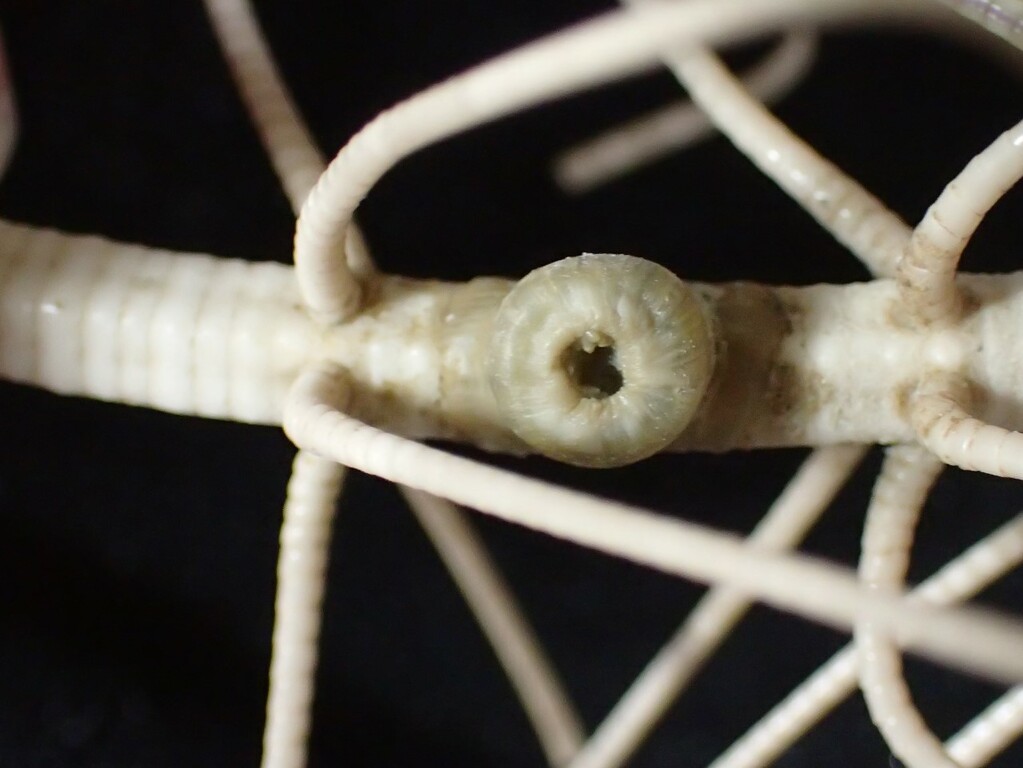 Preserved Abyssoanthidae sp. 1 (MISE-Kochi1) on the arm of a crinoid, collected from 300-400 m near Kochi, Japan
(C) H. Kise
[CC BY-NC 4.0]
Preserved Abyssoanthidae sp. 1 (MISE-Kochi1) on the arm of a crinoid, collected from 300-400 m near Kochi, Japan
(C) H. Kise
[CC BY-NC 4.0]
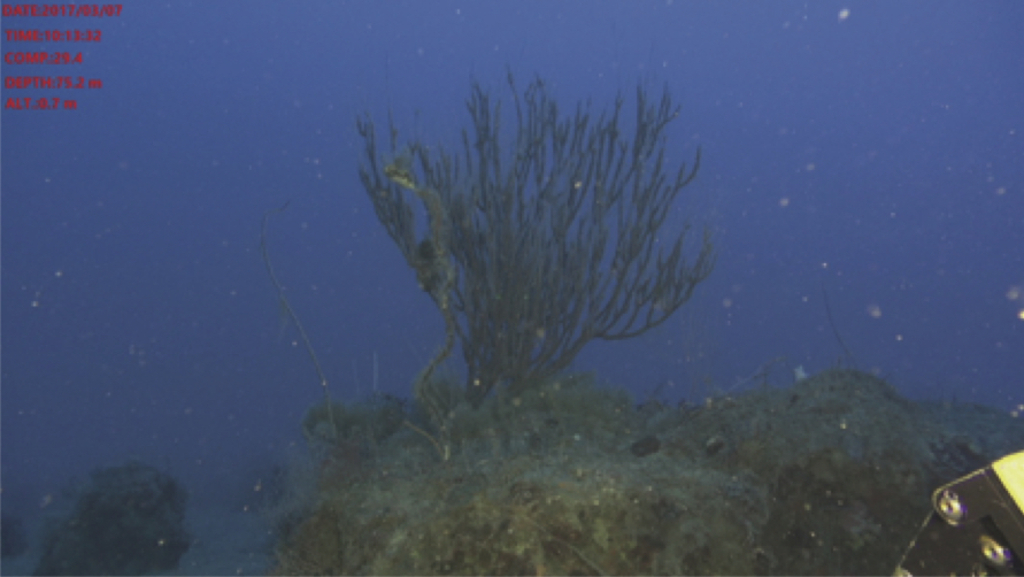 Parazoanthidae sp. 2 ZMTAU Co 37525 colony in situ at 173 m depth.
(C) Y. Benayahu
[CC BY-NC 4.0]
Parazoanthidae sp. 2 ZMTAU Co 37525 colony in situ at 173 m depth.
(C) Y. Benayahu
[CC BY-NC 4.0]
Featured article:
|
|
Exploring the Biodiversity of Understudied Benthic Taxa at Mesophotic and Deeper Depths: Examples From the Order Zoantharia (Anthozoa: Hexacorallia) | article Reimer JD, Kise H, Santos MEA, Lindsay DJ, Pyle RL, Copus JM, Bowen BW, Nonaka M, Higashiji T, Benayahu Y (2019) Front Mar Sci 6:305 |

|